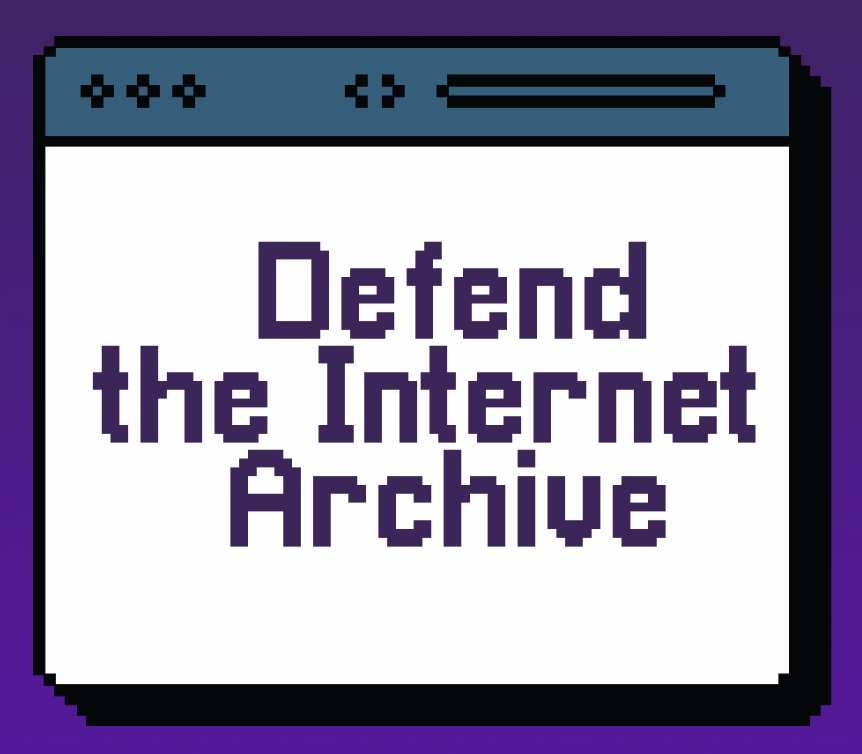

I may have described my situation poorly to explain the MX relationship with Debian 12. The base is Debian 12 Bookworm:
Distro: MX-23.5_ahs_x64 Libretto May 19 2024 base: Debian GNU/Linux 12
(bookworm)
Musician, mechanic, writer, dreamer, techy, green thumb, emigrant, BP2, ADHD, Father, weirdo
https://www.battleforlibraries.com/
#DigitalRightsForLibraries


I may have described my situation poorly to explain the MX relationship with Debian 12. The base is Debian 12 Bookworm:
Distro: MX-23.5_ahs_x64 Libretto May 19 2024 base: Debian GNU/Linux 12
(bookworm)


MX is currently on Debian 12 Bookworm, but I can select backports or testing from the package manager:



Thanks. I tried this with Meson and Ninja, and it kept requiring more and more build and make tools that reported broken dependencies, so I got worried I’d brick something else.
I downloaded the nightly from the mailing list and tried to build but… I’m out of my wheelhouse.


Thx for the reply!
My AHS version includes the 6.13.7-2 kernel, but the testing repo (MX anyway) doesn’t show a newer version of Mesa.


deleted by creator


Oh! I guess my interest only went as far as finding an alternative. I didn’t realize they still add from upstream.
Thx for enlightening me.


Who is still using Audacity anymore? Tenacity is where it’s at.


“Ahckck-knowledgt!”


China=Bad
TikTok does what every other social media app does (which is 100% legal in the US, thanks to corrupt leaders and law makers), but:China, so: Bad.


Kodi on my 2015 Nvidia Shield doesn’t stutter for me playing back 30GB+ 4k files on a 1Gb network from an ancient (2012) AMD Athlon TrueNAS box. It could be network related, but you can test this from another machine (laptop, desktop, etc) or by using local playback on the pi. I have cheap network hardware, and have never needed better. All this is to say Kodi mounting NFS shouldn’t need much bandwidth or high end gear. Perhaps the issue is on the playback side. Good luck!
Edit: and an


I think the first time I hosed it, I may have canceled the backup mid-process because I realized it wasn’t configured properly. Then I found and deleted snapshot files, IIRC, and things went south from there.
I’ll try again, but only on a fresh system with no value to me, not my daily driver. I know I can harness it, but for now I’m sceeeured.


I’ve been reluctant to use Timeshift (in rsync mode) because I’ve twice ended up hosed by it (quite possibly because of a fundamental misunderstanding).
Doesn’t Timeshift create snapshot files that your system ends up living in, much like VMware?
Case in point, I misconfigured the Timeshift backup location and wanted to correct it. I deleted snapshot files and went about pointing to the new location. But on reboot, all failed because the snapshot files were apparently live, and could no longer be found. I was dead in the water and had to reinstall. A few weeks later I tried again and ended up in the same situation where a snapshot location was removed and the system failed.
Now I’m afraid to use it.
I frequently read posts and other info like this that lead me to believe I just did something wrong and can benefit from using Timeshift, but I also don’t want to rely on running from snapshot files, and prefer my backup to live in snapshots, rather than my live system.
I’m used to snapshots in TrueNAS and virtualization, so this should be an easy transition, but experience has taught me fear.


Thx. I’m dabbling rn with a 2015 Intel i5 SFF and a low profile 6400 GPU, but it looks like I’ll be getting back to all my gear soon, and was curious to see what others are having success running with.
I think I’m looking at upgrading to a 7600 or greater GPU in a ryzen 7, but still on the sidelines watching the ryzen 9k rollout.
I still haven’t tried any image generation, have only used llamafile and LM studio, but would like to did a little deeper, while accounting for my dreaded ADHD that makes it miserable to learn new skills…
I’m reminded of this blog/article on Ars about ripping out OLS and reverting to NGINX. There’s some good info there, and also links to other of his posts on the subject and references. Good read.


Details on your setup?


This is a great post! I don’t use immich; I use ente.io and I don’t host it, but I do know they use OSM, as confirmed in #14 of their privacy policy:
Open Street Maps
I don’t self host presently, but if I get my server hardware back (moved out of the country a while) I want to dabble with a self hosted photo solution, so I’m glad to have found your post that keeps this fresh in my mind.
They also don’t always keep the metadata in the same archive (zip or tar) with the pictures they belong with, and that can throw off imports with tools that process Google Takeout archives directly. Its a pretty nasty solution, for real.
I moved about 140GB to ente.io before they had their newer takeout process, but some destinations can enable third party apps (like rclone) to do cloud to cloud. Nor sure which work best, since I couldn’t go that route myself.


EoL? They’re releasing betas regularly and announced 13.3 for Q2. You mean how they’re sort of winding down with scale taking the bulk of dev cycles? Not much to change with the platform, and security fixes will be backported to CORE. I think SCALE still doesn’t fit my use-case, hut when it does, and jails go away with CORE, I’ll shed a tear and pour one out for my homie.
Thx again for the reply. Adding PPA’s is pointed to as a no-no for Debian stable, otherwise I would add it in a heartbeat.